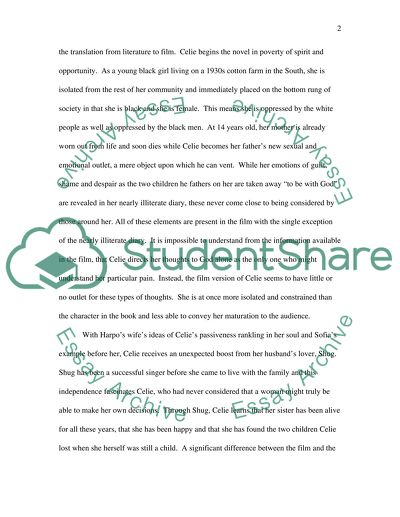Cite this document
(“Alice Walkers Novel The Color Purple Differs from Its Film Essay”, n.d.)
Alice Walkers Novel The Color Purple Differs from Its Film Essay. Retrieved from https://studentshare.org/literature/1548707-the-color-purple-alice-walker-adaptation-essay
Alice Walkers Novel The Color Purple Differs from Its Film Essay. Retrieved from https://studentshare.org/literature/1548707-the-color-purple-alice-walker-adaptation-essay
(Alice Walkers Novel The Color Purple Differs from Its Film Essay)
Alice Walkers Novel The Color Purple Differs from Its Film Essay. https://studentshare.org/literature/1548707-the-color-purple-alice-walker-adaptation-essay.
Alice Walkers Novel The Color Purple Differs from Its Film Essay. https://studentshare.org/literature/1548707-the-color-purple-alice-walker-adaptation-essay.
“Alice Walkers Novel The Color Purple Differs from Its Film Essay”, n.d. https://studentshare.org/literature/1548707-the-color-purple-alice-walker-adaptation-essay.


